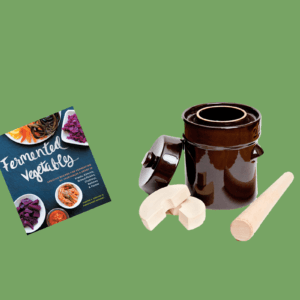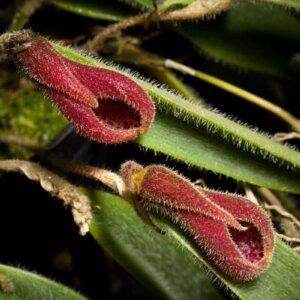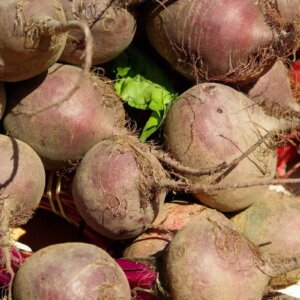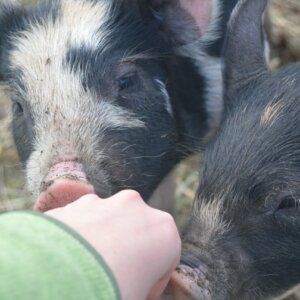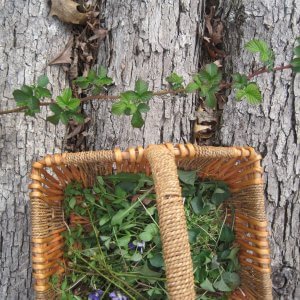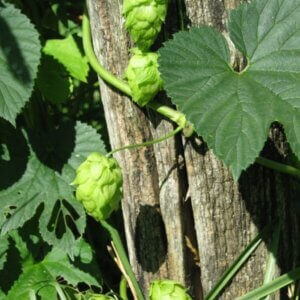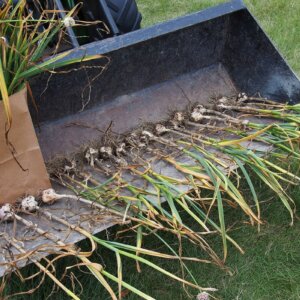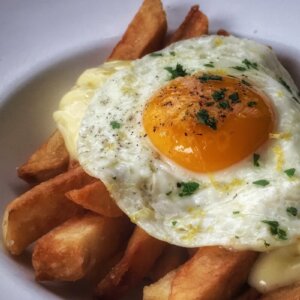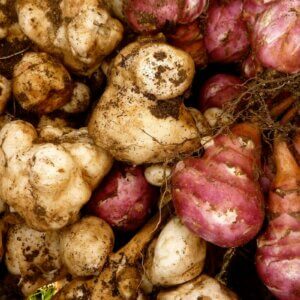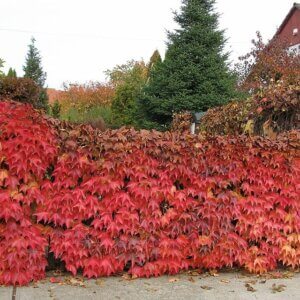- Purpose: Ornamental
- Eggs: Cream
- Egg Size: Small
- Color: Black, Blue, White, Blue Red, Brown Red
- Comb Type: Rose Or Single Comb
To delve into the world of the popular Rosecomb bantam is to find yourself awash with adjectives like, “proud,” “fancy,” and “aristocratic.” And indeed, these dapper little poultry have enjoyed adoration from modern exhibitioners and historical royalty alike! With a compact body, a swept-back tail, round white earlobes, and a long pointed rose comb rising over its head like an haute couture hat, these bantams were made to be appreciated.
Characteristics
These little chickens have enjoyed popularity ever since Richard the III took a fancy to them in the 15th century. Rosecombs are true bantams—they have no larger counterpart—and are small, fabulous, and fully aware of it! The ideal Rosecomb appears to be a portrait of balanced proportions: a tight little body with a not-too-big tail, a not-too-big comb, and not-too-big-earlobes.
The breeder who endeavors to raise this tiny little bird from chick to adult will be rewarded with getting to share company with a friendly, active chicken. Gentle, able to withstand both hot and cold temperatures, and easily handled, these birds are prime for becoming a treasured pet.
A Rose By Any Other Name…Would Be Just As Delicate
Like fancy bling or a sports car, the Rosecomb is a bird to show off, not to own for utilitarian purposes. Neither a good source of meat nor a productive layer, it will take much more food from you than it can ever give in return. Additionally, these high-minded fowl are difficult to raise to maturity, due to their delicate natures.
Are you an experienced poultry keeper up for the challenge of matching skills with a feisty, flight-prone fowl? Then this is the bird for you. Are you a novice homesteader just looking to find some eggs, meat, and maybe some affection in return? You should probably look elsewhere.
As seems to be the case with any chicken that displays a noteworthy feature, the uniquely long rose comb on the Rosecomb comes at a price. Due to breeding that selected for comb shape and length, rather than the vitality of the bird as a whole, this breed suffers from poor fertility and hatchability. If you want to breed Rosecombs for yourself, experts recommend starting with single comb birds to help strengthen your breeding stock.
What’s The Yield?
With a centuries-long lineage of use as an ornamental bird, there’s not much that the Rosecomb offers aside from its looks. With cocks tipping the scales at a mere 26 ounces and hens reaching a petite 22 ounces, they are certainly not a bird that you’d want to serve at family dinner! Hens are also poor layers, offering maybe one tiny, cream-colored egg a week.
If you’re interested in Rosecombs you’re obviously not doing it to fill your stomach. This breed’s specialty is showing off! If you are up for entering a long tradition of breeding and showing these proud poultry, check out the Standard of Perfection on the Rosecomb Bantam Federation’s website, start networking with the veteran members, and hang on for the ride!
Rosecomb Facts
Adding to their allure, if you are looking for a bantam of any and every color, Rosecombs are the choice for you. Check out the Rosecomb Club’s online list of all the color varieties and be prepared to be amazed by the flexibility of this breed’s feather patterning!
Photos of Rosecomb Chickens
Resources
- Rosecomb Bantam, My Pet Chicken
- Rosecomb, Wikipedia
- Pros & Cons Of Keeping Rosecomb Chickens!, Types Of Chicken
- Rosecomb Bantams Details, Purely Poultry
- Rosecomb Bantam Federation
- Rosecomb, Poultry Hub
- Rosecomb Bantams, Poultry Keeper
- Rosecomb Bantam Chickens, Hobby Farms
- Low Fertility in Rose Comb Breeds, Rosecomb Bantam Federation
- History Of The Rosecomb, Rosecomb Bantam Federation





